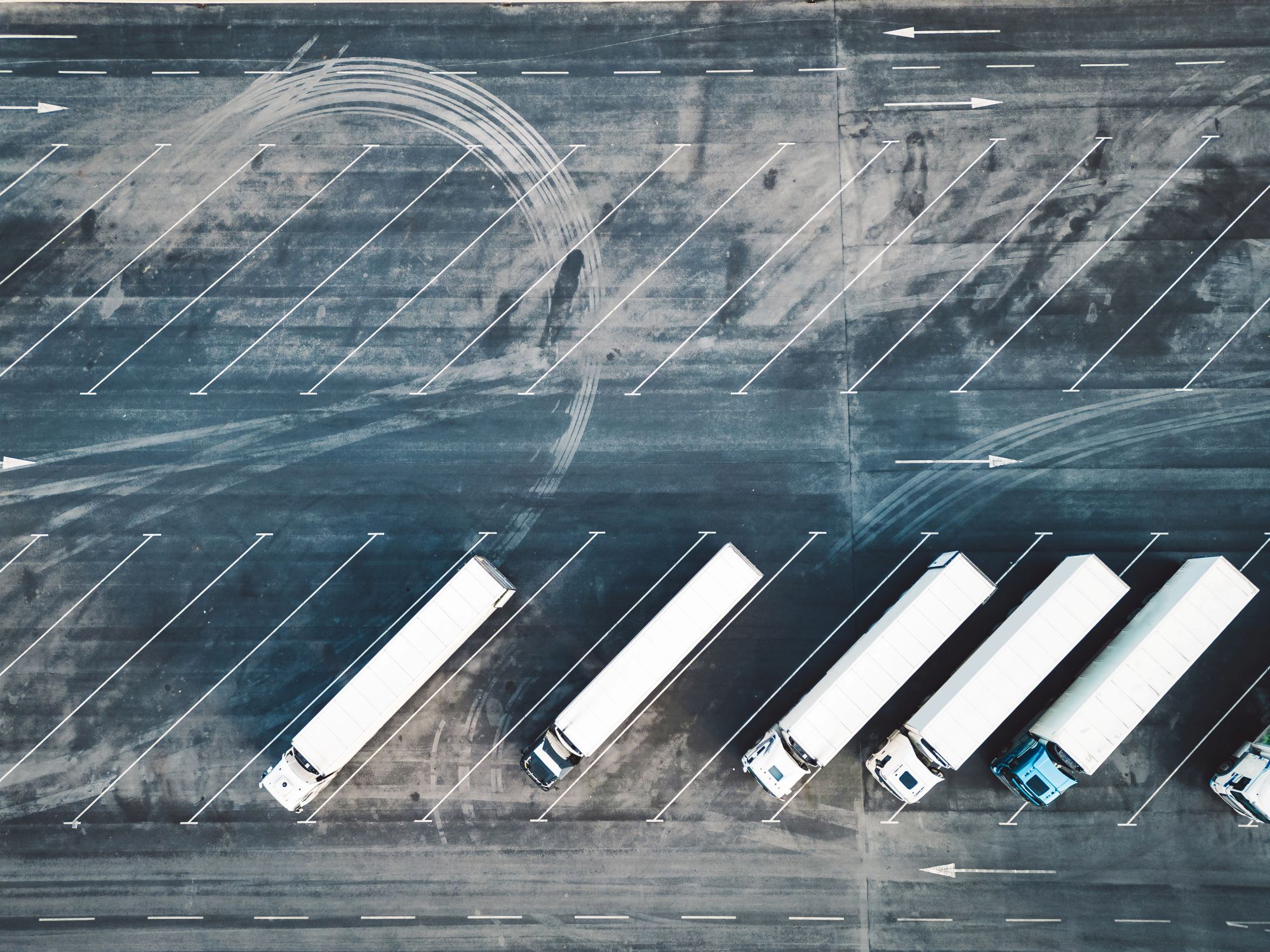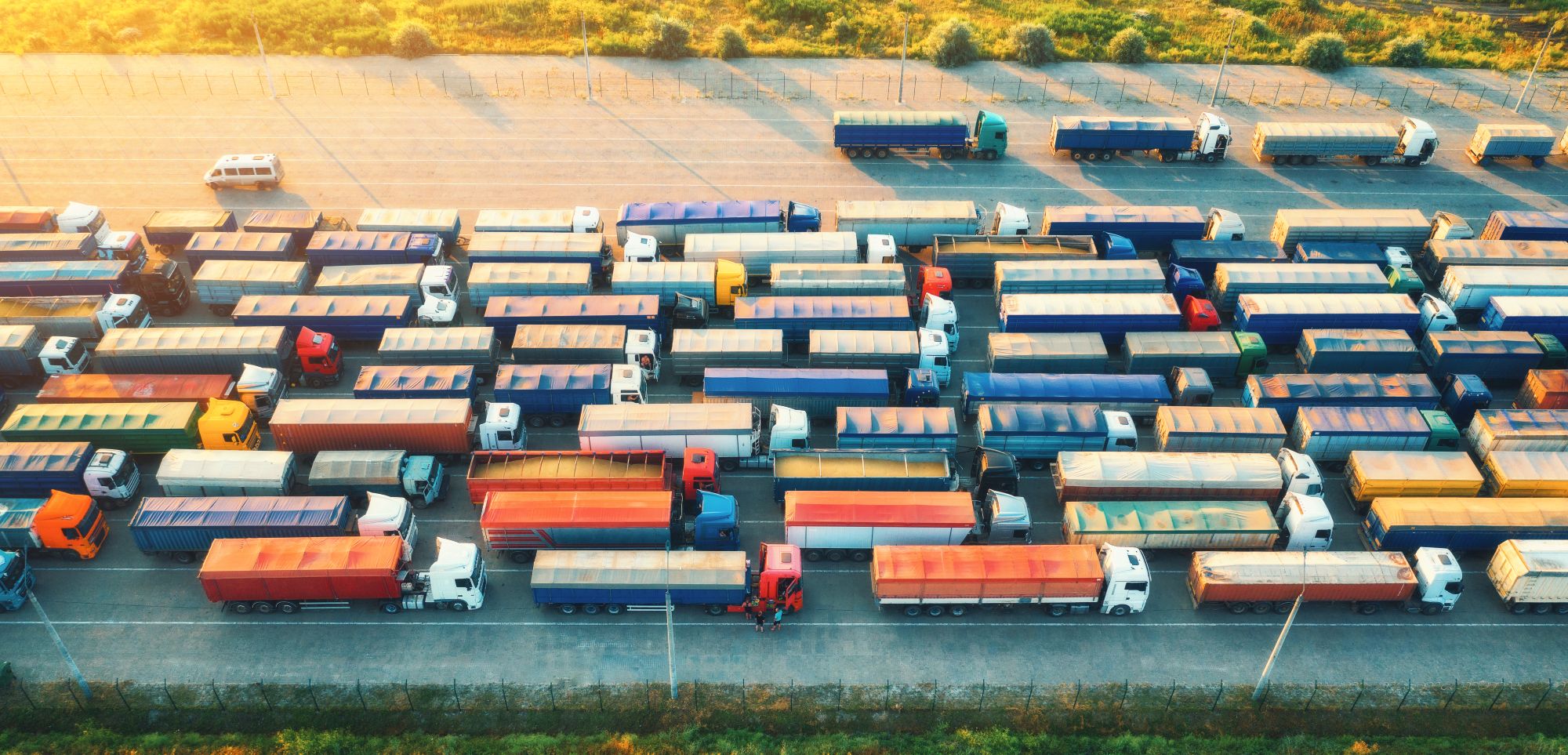
Guest
Strefy niskiej emisji w Hiszpanii: Co powinni wiedzieć operatorzy flot
Utworzony: 03.10.2025
•
Aktualizacja: 08.10.2025
Do końca 2025 r. 149 hiszpańskich miast - od Madrytu i Barcelony po centra turystyczne, takie jak Walencja, Alicante i Benidorm - ograniczy dostęp dla pojazdów wysokoemisyjnych. Dla operatorów flot oznacza to nowe zagrożenia związane z przestrzeganiem przepisów, kosztowne modernizacje i napięte harmonogramy dostaw.
Hiszpańskie strefy niskiej emisji (Zonas de Bajas Emisiones lub ZBE) są częścią szerszego europejskiego dążenia do poprawy jakości powietrza i ograniczenia emisji z transportu. Działają one już w dużych miastach w całym kraju i są egzekwowane za pomocą mandatów w wysokości do 200 euro, przy czym zasady różnią się w zależności od miasta.
W tym przewodniku wyjaśniamy, jak działa ZBE, jakich kategorii pojazdów dotyczy i co operatorzy muszą zrobić, aby utrzymać swoje floty na drodze.
Zasady ZBE i kategorie pojazdów
ZBE są wprowadzane na mocy hiszpańskiego prawa w miastach powyżej [50 000 mieszkańców] (https://transporteprofesional.es/noticias-actualidad-transporte-logistica/transporte-de-mercancias/zonas-de-bajas-emisiones-impacto-y-desafios-para-el-transporte-profesional) (i tych powyżej 20 000 o szczególnie złej jakości powietrza), w celu poprawy jakości powietrza w miastach i wspierania celów klimatycznych UE.
Dostęp do ZBE jest określany na podstawie plakietki środowiskowej pojazdu (distintivo ambiental), wydawanej przez hiszpańską Dyrekcję Generalną ds.
Kategorie są następujące:
Zero (niebieska plakietka):
Pełny dostęp
Pojazdy w 100% elektryczne (BEV)
Pojazdy napędzane wodorowymi ogniwami paliwowymi (FCEV)
Hybrydy plug-in o zasięgu elektrycznym co najmniej 40 km
Eco (zielona/niebieska plakietka):
Ogólnie nieograniczony dostęp
Standardowe hybrydy (HEV)
Hybrydy plug-in o zasięgu elektrycznym poniżej 40 km
Pojazdy zasilane gazem (CNG/LNG/LPG)
C (zielona odznaka):
Dostęp z pewnymi ograniczeniami czasowymi/obszarowymi
Pojazdy benzynowe: Euro 4/5/6 (zazwyczaj od 2006 r.)
Pojazdy z silnikiem wysokoprężnym: Euro 6 (zazwyczaj od 2014 r.)
B (żółta plakietka):
Coraz większe ograniczenia, często zakaz w godzinach szczytu.
Pojazdy benzynowe: Euro 3 (zazwyczaj 2000-2005)
Pojazdy z silnikiem wysokoprężnym: Euro 4-5 (zazwyczaj 2006-2013)
Brak odznaki:
Ogólny zakaz wstępu na wszystkie ZBE
Pojazdy benzynowe poniżej normy Euro 3
Pojazdy z silnikiem Diesla poniżej normy Euro 4
Pojazdy benzynowe poniżej normy Euro 3 i diesle poniżej normy Euro 4 są zazwyczaj objęte zakazem wjazdu do ZBE, choć ograniczenia różnią się w zależności od miasta.
Należy pamiętać, że zagraniczne pojazdy muszą zarejestrować się w lokalnych urzędach miejskich przed wjazdem do ZBE, nawet jeśli spełniają równoważne normy Euro. Bez rejestracji pojazdy spełniające wymogi mogą zostać automatycznie ukarane grzywną, co stało się częstym problemem dla międzynarodowych przewoźników działających w Hiszpanii.

Obszary objęte ZBE
Madryt i Barcelona posiadają ZBE od kilku lat, z wysoce szczegółowymi zasadami i dużymi obszarami zasięgu. Do końca 2025 r. system obejmie 149 miast, w tym mniejsze miejscowości i ośrodki turystyczne, takie jak Benidorm, Walencja, Sewilla i Alicante.
Niektóre miasta nadal wdrażają lub stopniowo egzekwują swoje strefy, wprowadzając okresy przejściowe (np. ostrzeżenia do końca 2025 r. w Walencji i Benidormie). Inne, takie jak Málaga, zaczną nakładać grzywny na pojazdy nieprzestrzegające przepisów od grudnia 2025 r.
Należy zauważyć, że miasta mogą mieć różne zasady, a niektóre dopuszczają pojazdy niezgodne z przepisami do świadczenia podstawowych usług, dlatego ważne jest, aby znać zasady obowiązujące w danym mieście przed wysłaniem pojazdu.
Hiszpania nie jest odosobniona: ponad 320 miast w całej Europie obsługuje obecnie strefy LEZ, z francuskim systemem Crit'Air, niemieckim Umweltzonen i brytyjskim ULEZ wśród najbardziej ugruntowanych. Dla przewoźników transgranicznych tworzy to mozaikę przepisów, naklejek i kar, które zwiększają ryzyko i koszty związane z przestrzeganiem przepisów.
Co muszą zrobić operatorzy flot
Musisz upewnić się, że Twoje pojazdy mają odpowiednią plakietkę DGT lub są zarejestrowane, jeśli mają zagraniczne tablice rejestracyjne.
Grzywny za nieprzestrzeganie przepisów są zazwyczaj ustalane na poziomie [200 euro za naruszenie] (https://www.sertrans.es/zonas-de-bajas-emisiones/), choć mogą się różnić w zależności od gminy. Miasta takie jak Madryt i Barcelona już zaczęły nakładać te kary za pośrednictwem systemów automatycznego rozpoznawania tablic rejestracyjnych (ANPR).
Zagadnienia dla menedżerów floty
Odnowienie floty i koszty
Wiele firm logistycznych napotyka przeszkody, ponieważ starsze ciężarówki z silnikiem diesla są obecnie zakazane lub ograniczone w miastach. W rzeczywistości [średni wiek hiszpańskiej floty towarowej wynosi 14 lat] (https://www.acea.auto/figure/average-age-of-eu-vehicle-fleet-by-country/). Oznacza to, że znaczna liczba pojazdów jest niezgodna z przepisami i musi zostać wymieniona, jeśli przewoźnicy chcą wejść do ZBE.
Ceny pojazdów zwiększają presję: elektryczna ciężarówka może kosztować trzy razy więcej niż jej odpowiednik z silnikiem diesla, podczas gdy ciężarówki wodorowe są jeszcze droższe.
CETM-Madrid, Hiszpańska Konfederacja Transportu Towarowego, szacuje, że łączne nakłady na madryckie firmy transportu drogowego wynoszą około 1,3 mld euro (https://transporteprofesional.es/ultimas-noticias/cetm-madrid-reclama-modificar-el-calendario-de-acceso-a-las-zonas-de-bajas-emisiones-a-los-camiones) i wzywa do dostosowania terminów i większego wsparcia.
Kompresja czasu
Dane pokazują, że zmiany mają wpływ na harmonogramy dostaw. Niedawna ankieta przeprowadzona wśród firm w strefach pilotażowych wykazała, że [36,7% z nich zgłosiło wydłużenie czasu dostawy i wzrost kosztów wysyłki] (https://www.jiem.org/index.php/jiem/article/download/6902/1089).
Zatory są również powszechne podczas ograniczonych okien dostaw (8-10 rano), kiedy wielu operatorów konkuruje o dostęp. Około [83% ankietowanych firm] (https://www.jiem.org/index.php/jiem/article/download/6902/1089) wskazało również brak odpowiednich miejsc załadunku/rozładunku jako główny czynnik przyczyniający się do opóźnień.
Ten efekt "kompresji czasu" - w którym dostawy są wymuszane w krótszych godzinach - tworzy wąskie gardła na granicach stref, zwiększając prawdopodobieństwo opóźnień w dostawach i zakłóceń w łańcuchach dostaw.
Presja na personel
Zakłócenia harmonogramu wykraczają poza wyznaczanie tras pojazdów i dotyczą zarządzania personelem. Podejście Barcelony do ZBE ilustruje to wyzwanie: miasto oferuje dwugodzinne nocne terminy dostaw (21:00-07:00) w celu zmniejszenia zatorów w ciągu dnia, ale hiszpańskie umowy o pracę stanowią, że wynagrodzenie za pracę w nocy jest premiowane o około 25%.
Stawia to operatorów flot przed trudnym wyborem: zaakceptować zatory i opóźnienia w ciągu dnia lub zaabsorbować wzrost kosztów pracy w przypadku operacji nocnych.
Korzyści środowiskowe wynikające z wprowadzenia ZBE
Pomimo wyzwań, ZBE przynoszą wyraźne korzyści dla zdrowia publicznego. Badania przeprowadzone w centralnej strefie LEZ w Madrycie wykazały znaczną redukcję emisji dwutlenku azotu (NO₂) w obrębie strefy. Szersze badania europejskie wykazały spadek emisji sadzy nawet o 47% i ultradrobnych cząstek o 56% po wprowadzeniu LEZ.
Redukcje te przekładają się bezpośrednio na poprawę jakości powietrza, mniejszą liczbę chorób układu oddechowego i mniejszą liczbę hospitalizacji. Dla mieszkańców miast - i kierowców spędzających wiele godzin w zatłoczonych korkach - korzyści zdrowotne są namacalne, choć niewygodne.
Wspieranie kierowców i operatorów w całej Europie
"Strefy niskoemisyjne są tutaj na stałe", komentuje Raqual Martinez, europejski kierownik sprzedaży w SNAP. "Wyzwaniem dla naszej społeczności jest dostosowanie się bez uszczerbku dla wydajności i dobrostanu kierowców. W SNAP jesteśmy zaangażowani we wspieranie flot w Hiszpanii i całej Europie, pomagając im przekształcić zmiany regulacyjne w korzyści operacyjne".
Chociaż nie możemy zmienić zasad LEZ, nasza aplikacja intruck upraszcza życie na drodze. Kierowcy mogą za jej pomocą znaleźć i zarezerwować bezpieczny parking dla ciężarówek i myjnie, sprawdzić, jakie udogodnienia są dostępne na każdym postoju i zaplanować przerwy na odpoczynek, które pasują do krótszych terminów dostaw - niezależnie od tego, czy jadą do Madrytu, omijają Barcelonę, czy przekraczają granice na dłuższych trasach.
Pobierz aplikację intruck app już dziś, aby usprawnić operacje w zmieniającym się krajobrazie transportowym Hiszpanii.



